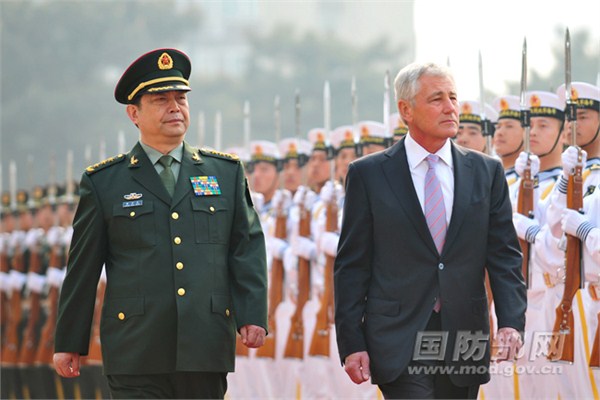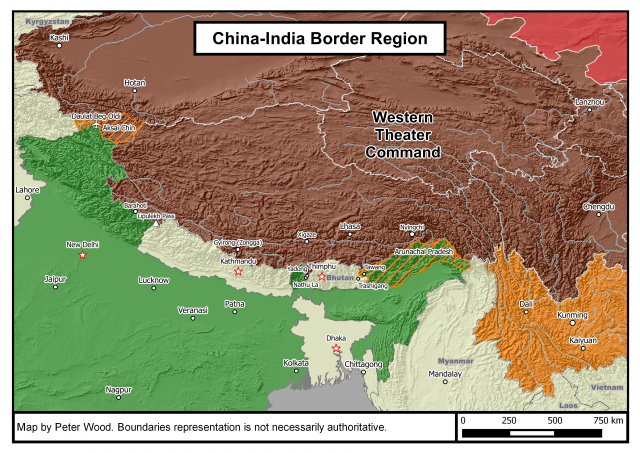By NS Venkatraman
19 Oct , 2016
India cited Pakistan’s involvement in the September 18 terrorist attack at an Army camp in Uri town of Kashmir, in which 19 soldiers died, as the reason for its decision to boycott the summit. When a few other member countries such as Afghanistan, Bangladesh and Bhutan supported India’s stand and decided not to attend the 19th summit at Islamabad, there was no option for Nepal, the Chairman of SAARC to cancel the summit.
Obviously, this has created considerable dissatisfaction in Pakistan, creating serious fissures amongst SAARC nations.
SAARC, with member states of Afghanistan, Bangladesh, Bhutan, India, Nepal, Maldives, Pakistan and Sri Lanka , comprises 3% of the world’s area, 21% of the world’s population and around 9% of the global economy. With such strength, SAARC has the potential to emerge as a strong centre of power in the world, with prospects of emerging as a decisive economic and trade entity.





